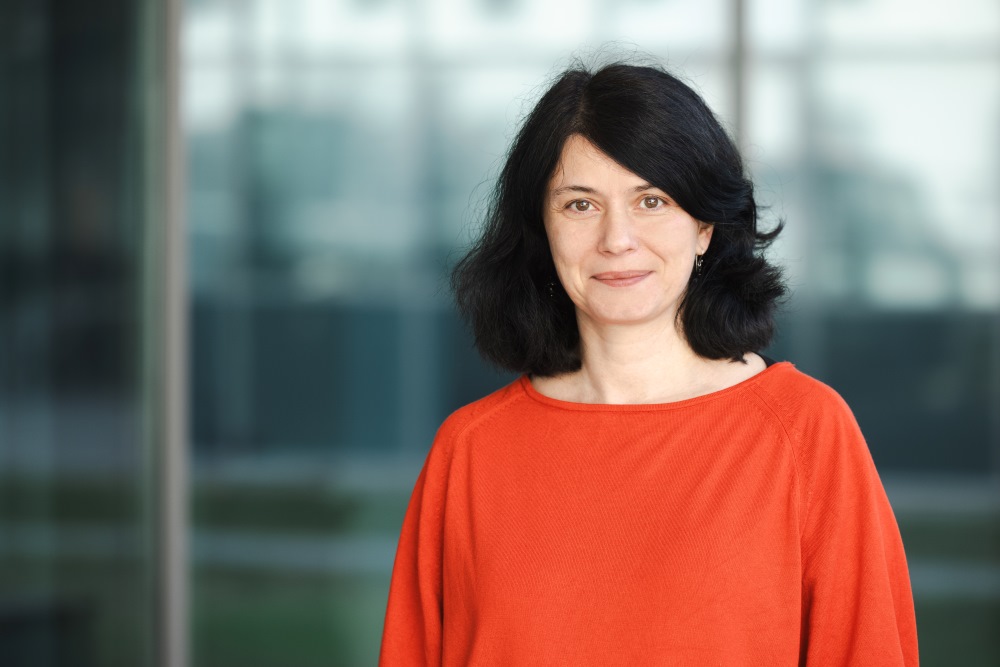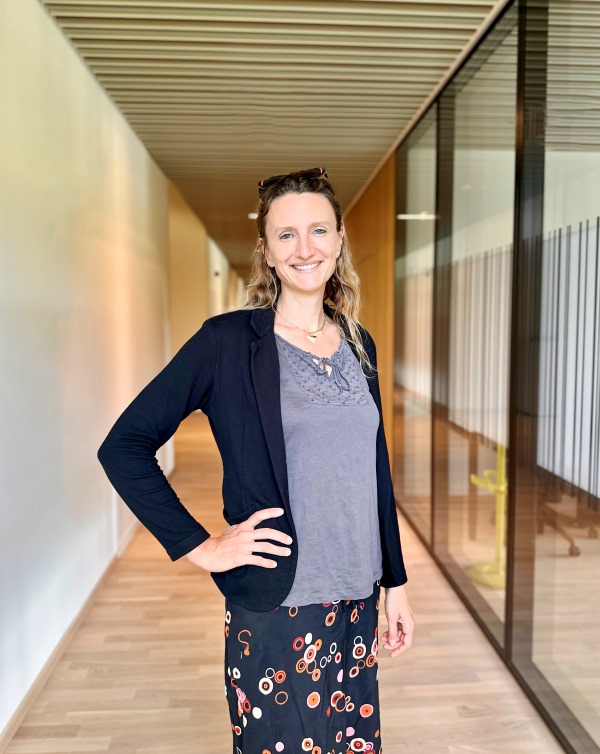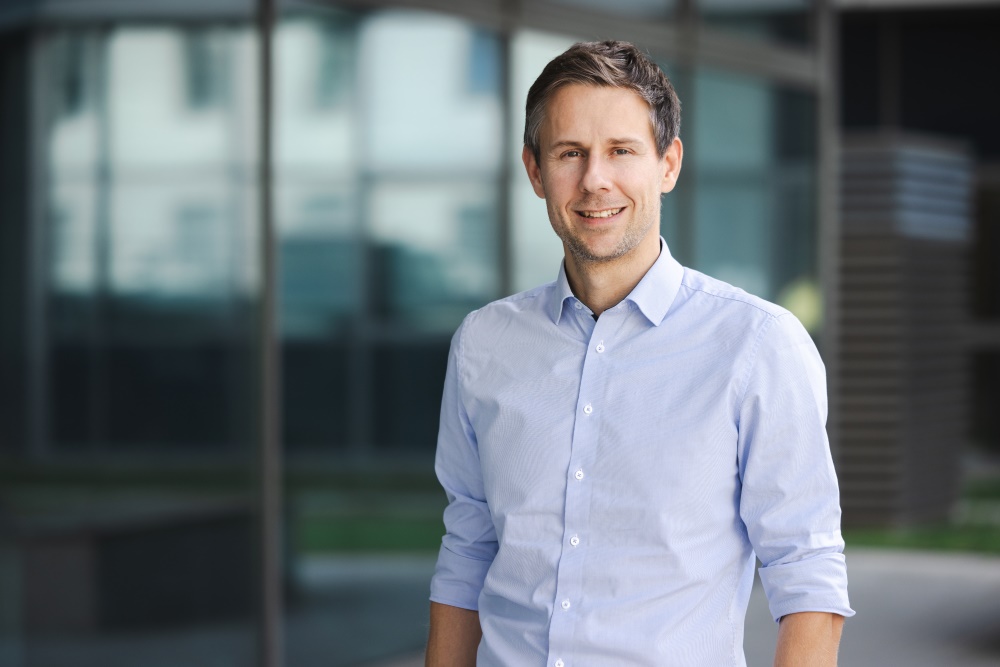December 27, 2024
Three Faculty Promotions in 2024
Anna Kicheva, Caroline Muller, and Florian Schur were promoted to professors
This year, three faculty promotions took effect at the Institute of Science and Technology Austria (ISTA) in the areas of developmental biology, Earth sciences, and structural biology. We congratulate Anna Kicheva, Caroline Muller, and Florian Schur on this significant career milestone!
Research promise and excellence are the only criteria for faculty appointments at the Institute of Science and Technology Austria (ISTA). Following a successful tenure evaluation, assistant professors are promoted directly to full professors without an intermediate step as associate professors. In 2024, the promotions of three faculty members became effective. These promotions of exceptional researchers in addition to the appointments of new faculty members in various disciplines underscore ISTA’s vision of fostering 150 active research groups by 2036.
Anna Kicheva: How do tissues form patterns and grow?
Following her undergraduate studies in the USA, the Bulgarian developmental biologist did her PhD in Marcos González-Gaitán’s group at the Max Planck Institute of Molecular Cell Biology and Genetics in Dresden, Germany, and the Université de Genève, Switzerland. There, she studied morphogen gradient formation in the Drosophila wing disc. She joined the ISTA faculty in 2015 after starting her work on neural tube development as a postdoc with James Briscoe at the National Institute for Medical Research (today, The Francis Crick Institute), UK. Kicheva joined the senior members of the ISTA faculty in December this year.

At ISTA, Kicheva’s research seeks to elucidate pattern formation and size regulation in animal organs, focusing on the developing vertebrate spinal cord. Her group uses a combination of quantitative experimentation and theoretical frameworks to reach this goal. Among several other distinctions, Kicheva has received two grants from the European Research Council (ERC): a Starting Grant in 2015 and a Consolidator Grant in 2022.
In a recent work published in Developmental Cell, Kicheva and her team examined the signaling dynamics during spinal cord development in vertebrate embryos. To this end, they developed miniature 2D organoids using a stencil system made of rubbery silicone molds, a technique they published in parallel in STAR Protocols.
Caroline Muller: Which physical forces govern our atmosphere and oceans?
The atmosphere, ocean, and climate researcher Caroline Muller joined ISTA in 2021 after completing research at some of the most renowned universities in the USA and France. Starting her research journey in mathematics and fluid dynamics, she earned her PhD from New York University and held postdoc positions at MIT and Princeton. After returning to her native France, she became a CNRS researcher in Paris, first at École Polytechnique and then at École Normale Supérieure. Muller’s promotion to the rank of professor took effect in August 2024.

As ISTA’s first Earth scientist recruited to help establish this research field at the young Institute, Muller was on a “fast track” to tenure. Today, her research lies at the interface of geophysical fluid dynamics and climate science. Her group examines the fundamental physics governing the movements of fluids surrounding us. They model cloud and tropical cyclone formation and what drives ocean currents. Muller’s numerous distinctions include an ERC Starting Grant in 2019 and invited professorships at the New York University campuses of Abu Dhabi and Shanghai.
Earlier this year, Muller’s group published a study in Science Advances showing how a high-resolution global climate model predicts cloud clustering and more extreme rainfall in the tropics with increased temperatures.
Florian Schur: Cell migration and viral infection through the cryo-EM ‘lens’
The Austrian structural biologist and virologist joined the ISTA faculty in 2017 shortly after completing his PhD at the European Molecular Biology Laboratory (EMBL), Heidelberg, and the University of Heidelberg, Germany, in the group of John Briggs. This December, Schur’s promotion to professor became effective.

Schur’s work focuses on the structural biology of cell migration and viral infection. A cryo-electron microscopy expert, he developed new methods for cryo-electron tomography and actively supported the development of the ISTA Electron Microscopy facility, serving as its Scientific Head since 2020. Schur’s multiple distinctions in recent years include an ERC Starting Grant in 2022 and a selection to the EMBO Young Investigator Network in 2021.
Recently, Schur and his team published the structure of HTLV-1 in Nature Structural & Molecular Biology. HTLV-1 is a virus related to HIV that can lead to aggressive diseases like adult T-cell leukemia/lymphoma.
With Kicheva, Muller, and Schur’s promotions to full professors, three former assistant professors have contributed to growing the ranks of ISTA’s senior faculty in 2024. They will continue their research journey of boundless scientific curiosity with ISTA, supporting the Institute’s excellence and steady growth.



